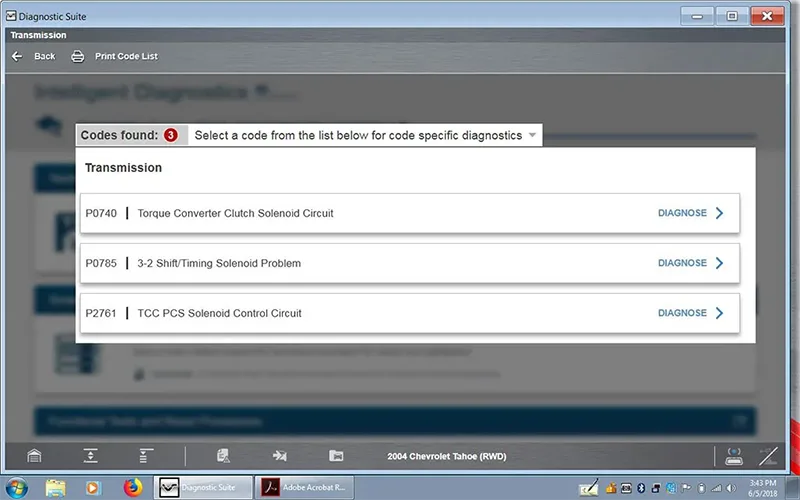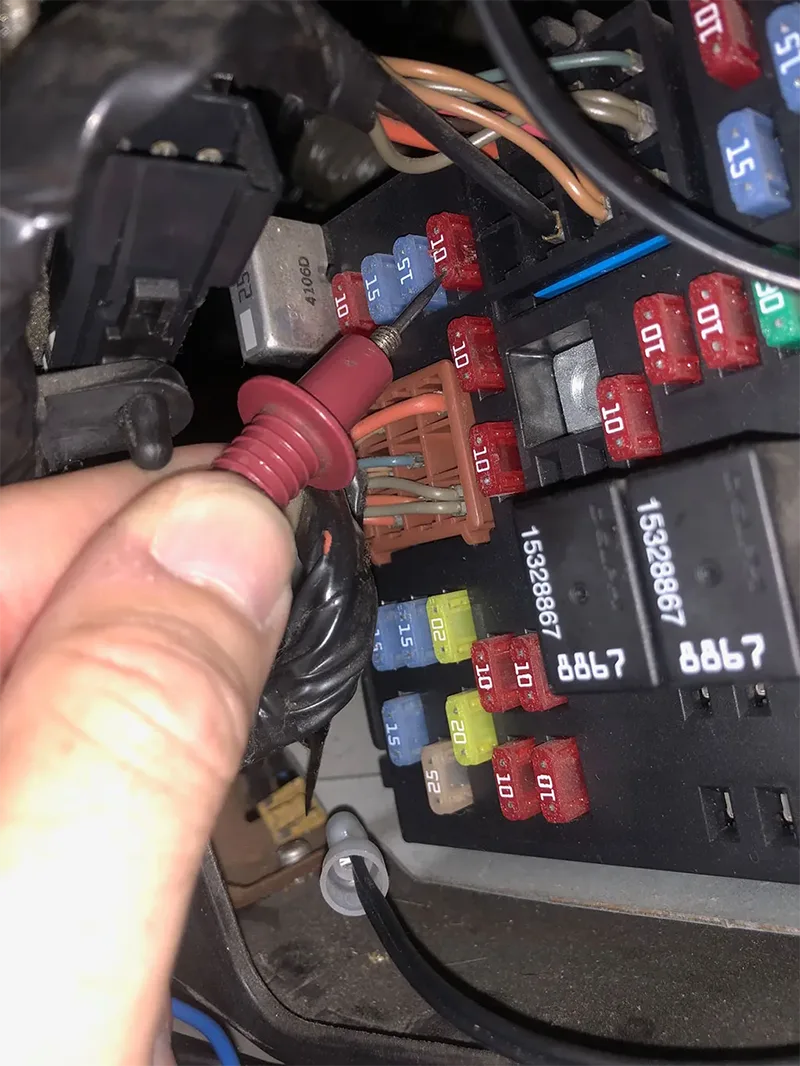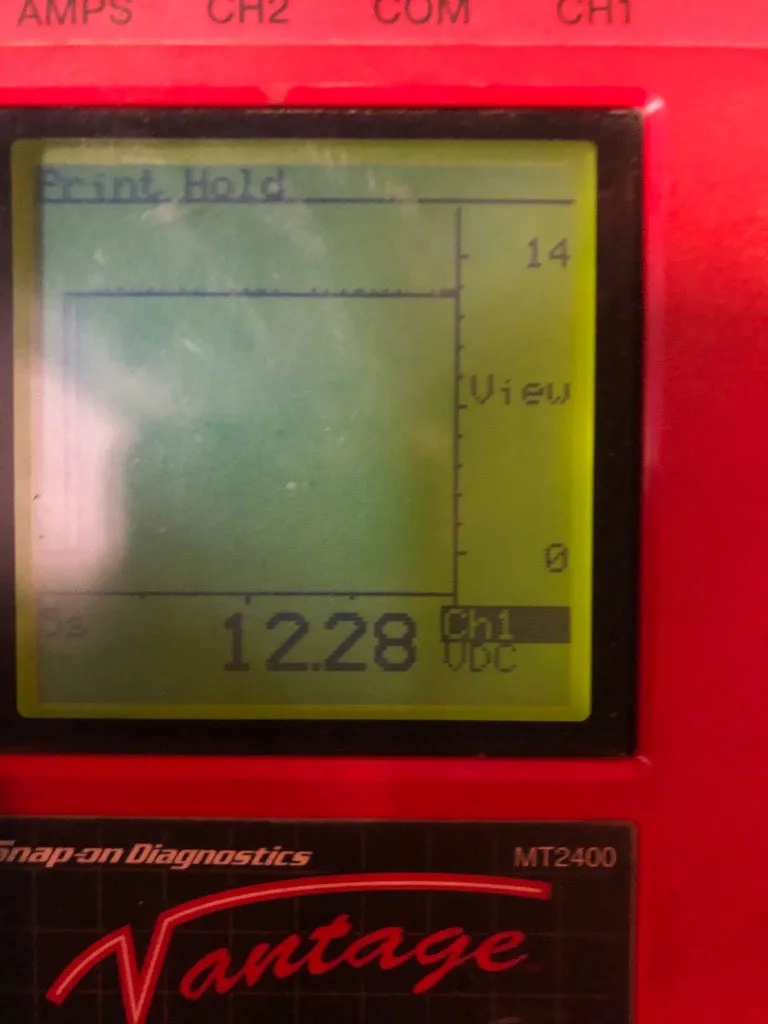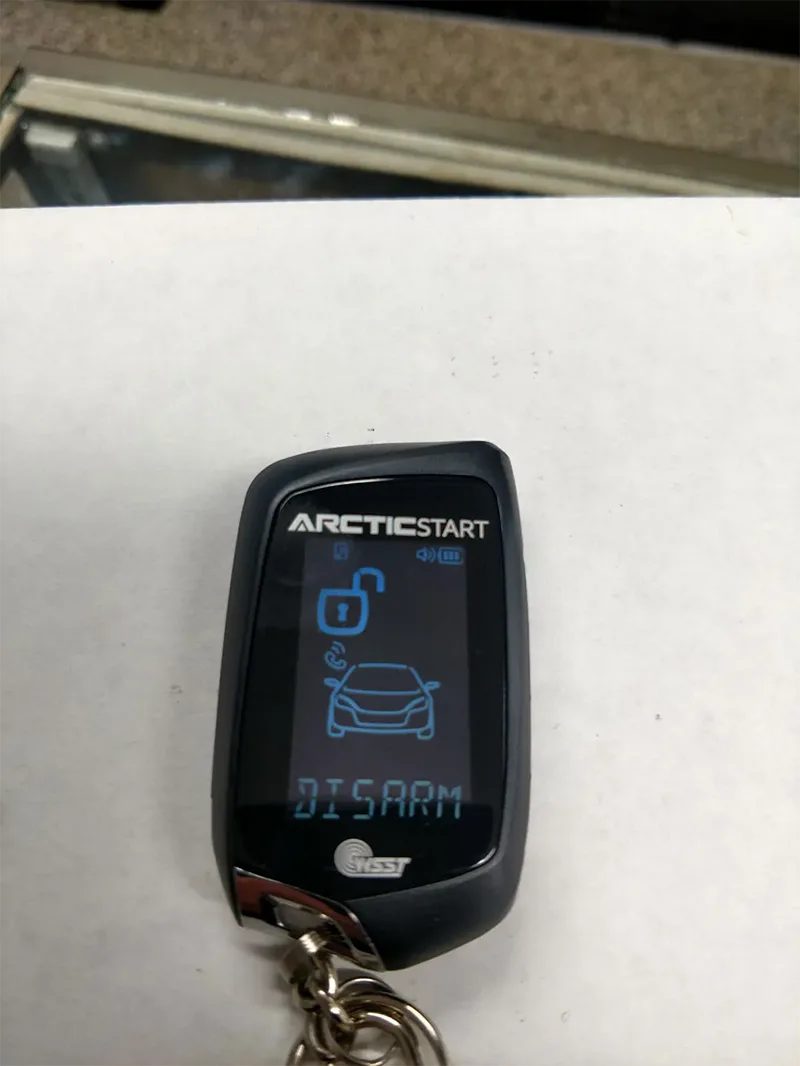As we see numerous cars come into our shops on a daily basis, we often have a diagnosis already in mind based on the customer's complaint, the type of vehicle we're working on, road test experience, and symptoms. That's the benefit of specialized repair. Sometimes the actual in-depth diagnosis proves us right, and sometimes proves us dead-wrong.
A critical part of an accurate diagnosis by the technician relies on the initial interaction between the customer and a skilled service advisor. A good advisor knows how to get details about the problem from the customer, including valuable information that the customer might otherwise feel is insignificant or unimportant. Sometimes these seemingly insignificant details are the clues that lead us to the solution. Sometimes even the best advisor still can't get all of the details from the customer, or at least up front.
Such was the case with the 2004 Chevrolet Tahoe that found its way into our shop. The customer's stated concern was that intermittently the vehicle barely moves while accelerating, high RPM at highway speeds, and a check engine light is on.
Upon performing an initial evaluation I found the vehicle to have these codes: P0740 (TCC solenoid circuit), P0785 (3-2 shift/timing solenoid problem), and P2791 (TCC PCS solenoid control circuit present (Figure 1)

Figure 1
Previous experience with this code set led me to believe there was a high probability that I had an ignition switch problem at hand. I was anticipating circuit 1020 from the ignition switch would have a low voltage condition when tested as this would be typical if the ignition switch was bad. A simple voltage test would confirm my hypothesis, and would result in an easy fix.
I immediately went to the "IGN 0" fuse to check voltage as I had done so many times before (Figure 2). Testing with the key on, I had 12.28 volts (Figure 3) and no codes reset. Thinking that a failing ignition switch circuit may only fail after being under load for a period of time, I drove the vehicle while monitoring voltage on circuit 1020. After test-driving the vehicle two different times for over an hour and totaling 60 miles, no codes had reset and circuit 1020 voltage never dropped below system voltage.

Figure 2

Figure 3
Now I'm scratching my head. This must be a VERY intermittent problem! After discussing my findings with my service advisor, we elect to call the customer back and find out just how frequently this problem is happening. To our surprise, the customer states that it happens almost EVERY DAY! He even experienced the problem on his way to the shop this morning. At the very end of the conversation with the customer, he stated, "It probably doesn't have anything to do with [the problem] but I recently had a remote start put on the vehicle. (Figure 4)"

Figure 4
When asked, he stated that he uses the remote start nearly every morning before leaving for work. To the customer this may not have had anything to do with his transmission problem. For me trying to diagnose the problem, this was the smoking gun.
Having installed remote start systems myself in the past, I knew that a remote start module is used to power up several circuits coming from the ignition switch in order to enable the engine to start and run. Back to the "IGN 0" fuse I went. With the key off, obviously I had zero volts. When I activated the remote start function, the engine started and ran, but I still had zero volts at circuit 1020. Codes P0740, P0785, and P2791 finally set as well. Problem found!
A look under the dash revealed a maze of wires running every different direction from the ignition switch harness to the remote start module. After digging into the mess, I found the pink wire for circuit 1020 untouched. No wire had been spliced into circuit 1020 (from the remote start module) to provide power during remote start activation. Whoever installed the remote start system failed to connect a power source to circuit 1020. With the PCM powered up and seeing no voltage on circuit 1020 during remote start activation, the PCM then sets the three codes and puts the transmission into fail-safe mode. This explains the customer's complaint of "pushing on the gas/barely moves and high RPM on the highway." A pan inspection revealed nothing detrimental inside the transmission. We recommended servicing the transmission at this point and advised the customer to NOT to use the remote start system until he returned to the installer to have it correctly wired.
This is why we follow through and truly diagnose the problem regardless of speculation. Had I replaced the ignition switch based on GM's known ignition switch failures and my previous experience with them, the customer would have been back within a day or two complaining of the same problem. Worse yet, he may have been unhappy with us and would be lost as a customer forever.
One of the most valuable tools in our industry is communication with the customer. Had my service advisor not been able to reveal the information regarding the remote start on this vehicle, we may still be trying to figure out why we cannot duplicate the problem. We always ask about any recent work done to the vehicle. We now have a line on our customer/vehicle information sheet that asks about any aftermarket anti-theft or remote start systems that might have been installed. Both of these help by opening up conversation with the customer that might assist us in diagnosing the problem more efficiently. Sometimes it is the small details that help us the most.
Our customer left happy that he did not need a transmission. He was happy that we took the extra time to correctly diagnose his problem, but the last thing he said before leaving our shop was, "Now that I think about it, the problem only happened when I used the remote start!" Insert face-palm here.
 Certified Transmission
Certified Transmission
